Car Design News paid a visit to Move in London to gauge the temperature on AI, software defined vehicles and the role of CMF in a digital landscape
Whereas larger auto shows display new model launches ostensibly for consumers, Move in London is a microcosm of the challenges the next generation of cars will face, targeted towards businesses. Despite its diminutive size, Move brings together startups, consultancies, and public and private entities covering a disparate array of topics. Top of the bill was AI.
After decades in development and four winters, the iPhone moment has happened in AI with ChatGPT. Assessing its impact was Natalia Martin, Global AI Clients and Markets Leader EY, who painted the future of AI in the mobility sector. “AI native companies will proliferate, before consolidating into a few key players by 2030” she says, adding that “unless you focus on the highest value use cases you’re basically going to fall flat”.
Thinking like an AI native is one way legacy companies are hedging against themselves. At EY, the board meets for two hours each week just to discuss AI. However, ask a company who is responsible for AI, and 99% it’s no one, says LevelUp ESG CEO Dr Ahmed Shawkey. Given that the planet’s digital footprint is set to grow to 500 Zettabytes by 2030, the question of governance is pressing.
In design & engineering, AI tools for generative design, material optimisation, virtual prototyping, simulation and testing will redefine the way studios operate. Talking to business leaders, the concern about AI tool adoption on staff numbers is real. EY’s AI Sentiment Index shows a gulf between countries where AI is seen positively, such as India and China, and those more doubtful, like France. Surprisingly, the US, home to Big Tech, came in below average. It seems the dreams of Silicon Valley are not yet evenly distributed.
“Circularity is no longer a cost – it’s a business model”
Carmakers were present on stage rather than in stands, with talks running back-to-back throughout the show. One highlight was BMW, where Toni Plöchl, lead innovation strategy digital, and Sascha von Behren, innovation strategy lead for mobil7.
..ity, discussed how digital products can contribute to liveable cities and address consumer sentiment shifting away from cars.
“Why do they need a car parked outside their door if they aren’t using it?” asked Plöchl. To answer that, BMW is collaborating with the city of Rotterdam to identify what relevance cars have in multi-modal and even carless ecosystems. Such a ground-up, user-driven approach mirrors Toyota’s goal for Woven, their test site in Japan. As Plöchl states “We don’t just need cars, we need solutions.”
One word you don’t often hear at car shows is ‘altruism’, but here BMW talked about how they are encouraging drivers to free up EV parking spaces once their car is charged. To do this, BMW tested different messages sent to drivers via the BMW App. Most effective was “80% of the electric car drivers move their car when it is fully charged.” Other acts of kindness include prompting drivers to switch to another mode of transport in cities, and geofencing that switches PHEVs to EVs.
Both BMW and EY shifted the narrative of circularity, from climate compensation to climate contribution, asking how carmakers and suppliers can develop products that positively contribute to the environment around them. In the words of Charlie Simpson, Partner at EY, “Circularity is no longer a cost – it’s a business model. Battery extension, resale, and storage are proving profitable. Nio’s Battery-as-a-Service, adopted by over 70% of Chinese customers, shows how service models unlock leasing, insurance, and arbitrage, and build platforms for batteries to earn – again and again.”
We don’t say Software Defined Vehicles, we call it Customer Defined Vehicles. You have to close the loop”
Software Defined Vehicles were another topic at Move, with a panel of experts from Vital, BMW, Zeekr and Hyundai Connected Mobility dissecting how SDVs were transforming the car industry. One fundamental shift is in the business model, noting how value creation will be spread throughout a vehicle’s lifetime.
Shafiq Urréhman, digital technologies, Zeekr Technology Europe, comments “how an SDV can benefit the 2nd, 3rd owner; that is a premium experience.” Andy Shaw, CEO of Vital added that “Textures, finishes and materials are more important than ever,” advocating production-like prototypes that get as close as possible to what the customer will see.
The intuitive pull of physicality comes at a time when the need to shorten development times and integrate solution providers is pushing digital in lead. It nevertheless chimes – CMF is a huge part of differentiation and human connection as digitisation takes hold. Mirroring this, Motability Operations afforded visitors another chance to see their CMF-rich 2024 eVITA concept by Callum, offering more shape than a typical van dares. It shows how customer-centricity and attractiveness can go hand-in-hand, eVITA’s architecture accommodating both wheelchair users and a carer.
Before designing cars, companies are now designing questions. Asserting user-centricity amid the influx of technology is the job of all companies. The shift towards genuinely reflecting user needs is a huge opportunity, one that can reinvigorate creativity in defining unique solutions.
Getting to their root will determine future value propositions as companies challenge their legacy systems, both operationally and portfolios: solution-focussed motor shows could, and maybe should look different from previous events. As stated by Urréhman: “We don’t say Software Defined Vehicles, we call it Customer Defined Vehicles. You have to close the loop.”

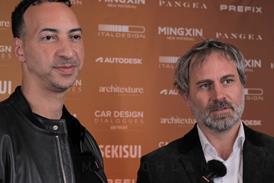
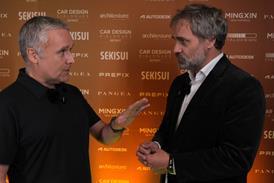
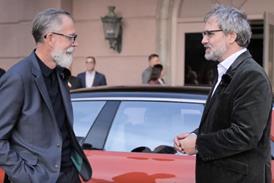
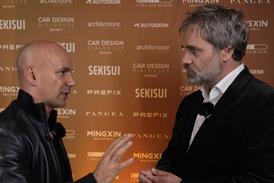

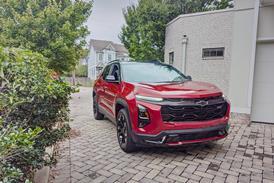
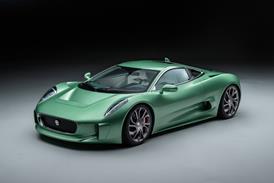
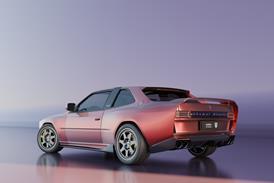

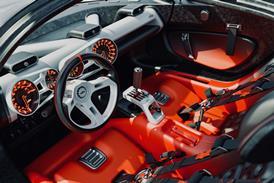


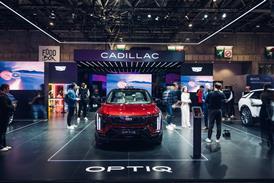
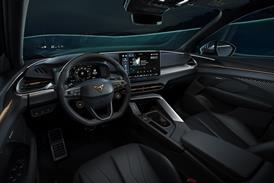
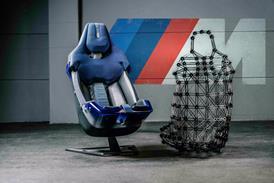

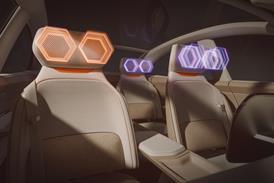
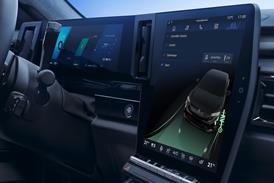
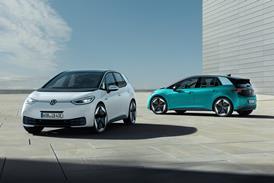
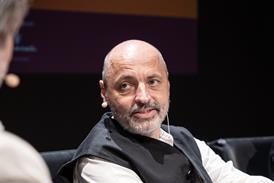
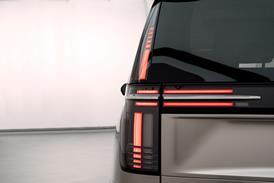
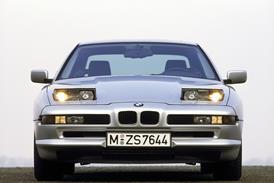

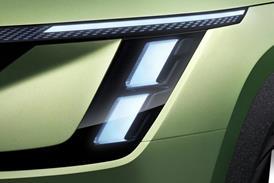
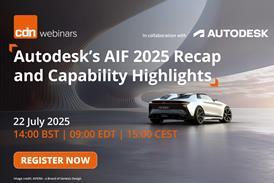



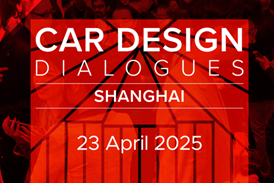
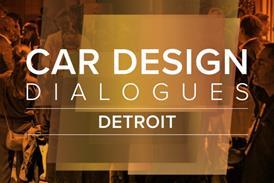
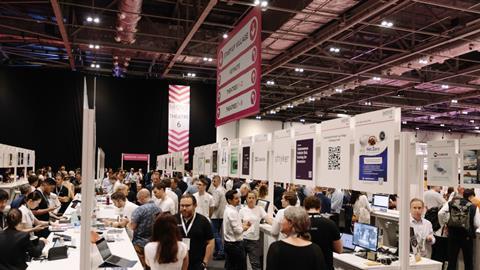
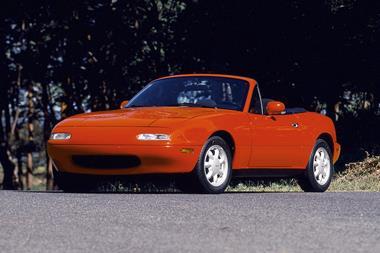
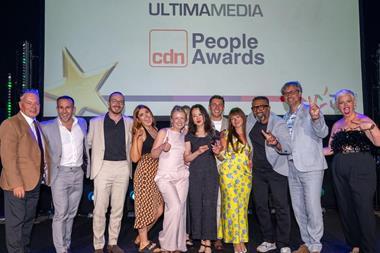

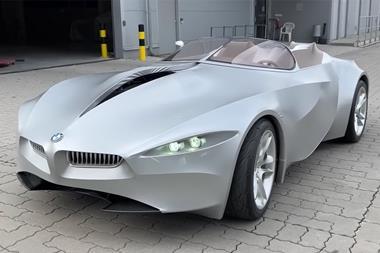
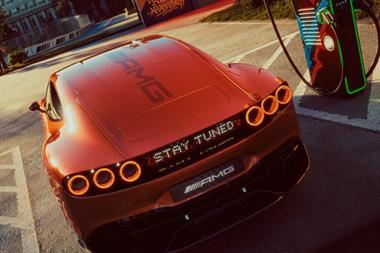
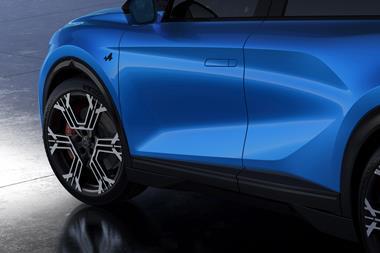



No comments yet